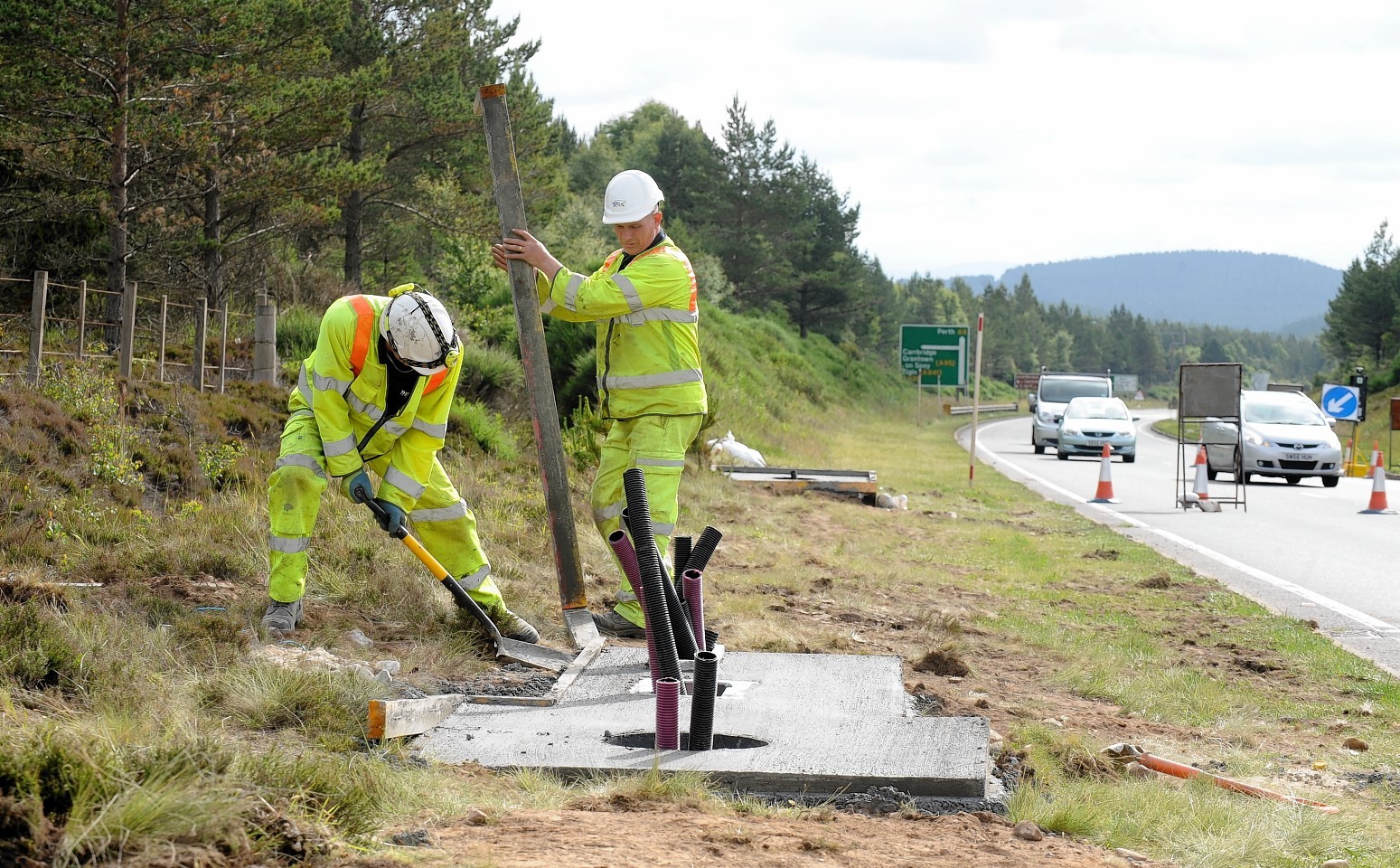While the average-speed camera system is intended to improve road safety on the A9 between Inverness and Dunblane, many believe there will not be a drastic improvement until the road is fully dualled.
The Scottish Government’s 2008 commitment to the huge scheme was widely welcomed, but the £3billion project will not be completed until 2025.
Design work on the remaining single carriageway sections is ongoing but there is frustration that it cannot progress quicker, particularly when serious and fatal accidents continue to happen.
One of those calling for the project to be speeded-up is Mid-Scotland and Fife MSP Murdo Fraser.
Last week, his online campaign page reached 16,000 supporters and a separate petition has gathered more than 21,000 signatures.
There have been 25 accidents since May on the A9 and Mr Fraser believes this should act as a spur to the Scottish Government to hasten the pace of dualling.
He said: “The group has members from all four corners of the UK as well as thousands of local signatures, which underlines the huge level of community support for this project.
“Once again this summer we have witnessed far too many fatal accidents and I would urge as many people as possible to sign the petition and ‘like’ the page in order to send a clear message that we want this road dualled as quickly as possible.”
The A9 dualling will be the biggest revamp of the 115-mile stretch since the 1970s and 1980s when an upgrade created bypasses around 18 towns and villages.
The piecemeal improvements over recent years have included the extension of the dual carriageway at Crubenmore, where £10.4million was spent to lengthen the section to just two miles.
Other schemes include four relatively short overtaking lanes, including stretches at Moy, south of Inverness, Carrbridge, Kincraig and Newtonmore.
Only one – at Newtonmore – is for southbound vehicles, the other three are for northbound traffic.
However, these projects have produced a confusing layout, with the road switching from dual to single carriageway to 2+1 and back to single carriageway in the space of just few miles.
But the timetable for the major scheme is unlikely to ease confusion for motorists.
The first section to be dualled in the Highlands is between Dalraddy and Kincraig and the work is expected to start next year.
There is also ongoing design work on the Luncarty to Pass of Birnam and the Birnam to Tay Crossing sections. Construction of the Luncarty to Pass of Birnam section should start in 2017.
Last week, another major contract was announced. Work on the 32-mile section of road between Glen Garry and the Pass of Birnam, valued at up to £60million, will be carried out by engineering firm Jacobs.
The third and final contract, for the road between Dalraddy and Inverness, will be awarded by the end of the year.
Transport Minister Keith Brown said the awarding of the Glen Garry-Pass of Birnam work was “another step forward” for the “mammoth project”.
He said: “This multimillion-pound investment also complements other work being progressed on the ground to improve the safety and performance of the A9, with the installation of average-speed cameras for implementation this October.
“We remain on track to deliver half of the 80 miles of new upgraded road by 2022, with completion expected by 2025.”
According to Transport Scotland, the 2025 end date is “challenging” because of the design work and statutory procedures required.
There are also complications because of negotiations with landowners over the patches of countryside which are required to complete the route.
And land agents such as Savills are already offering advice about the possible effect on their property and businesses.
